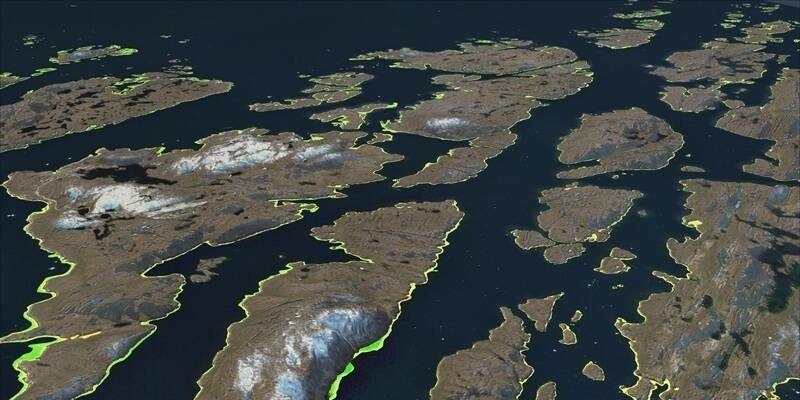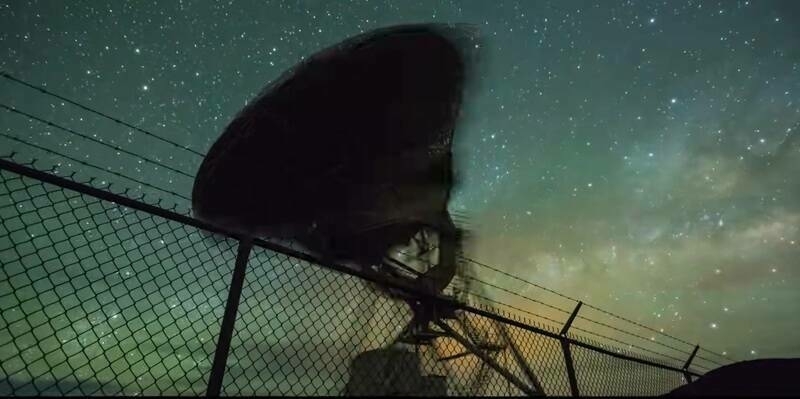The need
Recently, the need for aerial data has increased and the rising market competition has caused some companies to look for ways of cutting production costs. Phase One has solutions that can help reduce one of the biggest expenses — flight time.
Flight costs are based on three factors:
- Flight time — determined by the number of lines needed.
- Altitude — the higher the plane climbs, the more times it takes.
- Takeoff weight — the heavier the takeoff weight, the more fuel expended.
Direct savings are achieved by reducing the number of lines to fly by covering a wider swath on the ground. This can be done by using a larger sensor, most often found in heavier, large format cameras and involves flying with a higher takeoff weight, thus spending more on climbing to the necessary altitude.
The Phase One solution
A better alternative is to fly with several light weight medium format cameras connected in an array that are easy to integrate into a smaller aircraft. By decreasing the payload weight, operators can use less expensive aircraft, which means lower operation costs and less fuel expenses.
The pixel count of medium format cameras has reached the size of some of the large format cameras. Combining two or more medium format cameras creates a synthetic large format, and enables users to capture swaths that rival even the largest large format cameras. The costs of buying cameras to make a synthetic large format are a fraction of an actual large format camera.
How to?
The easiest way to enlarge the swath is to combine two or more of medium format cameras in a slight oblique array and have the images overlap. The same can be done with three cameras in a row. Virtually any combination of cameras can be joined together to create a synthetic large format and fit the needs of a particular mission or project.
In order to build a synthetic large format, a mounting plate or pod needs to be installed. This can be done independently or purchased from one of the Phase One integrators located around the world. Some customers prefer to use their existing gyro- stabilized mounts. The Phase One iXU cameras are ideal for this scenario, because the small camera size enables users to mount up to four or even five cameras within the large format gyro mount.
Conclusion
Phase One aerial cameras are at the top end of medium format systems today. With their small size, and the ease at which they can be connected together and then split up, they create a powerful solution dimishing the need for a large format camera.
Subscribe to our newsletter
Stay updated on the latest technology, innovation product arrivals and exciting offers to your inbox.
Newsletter

